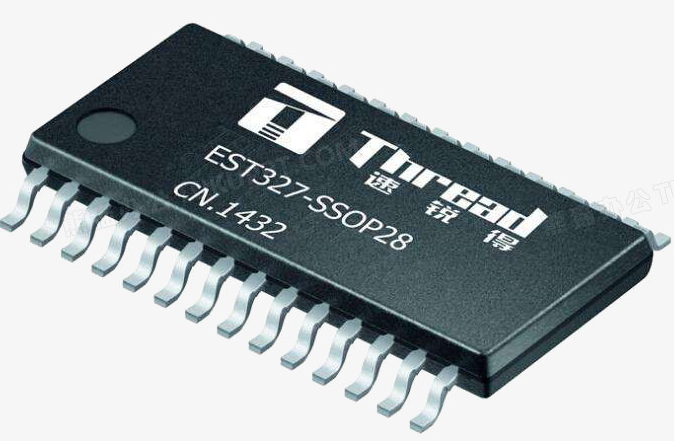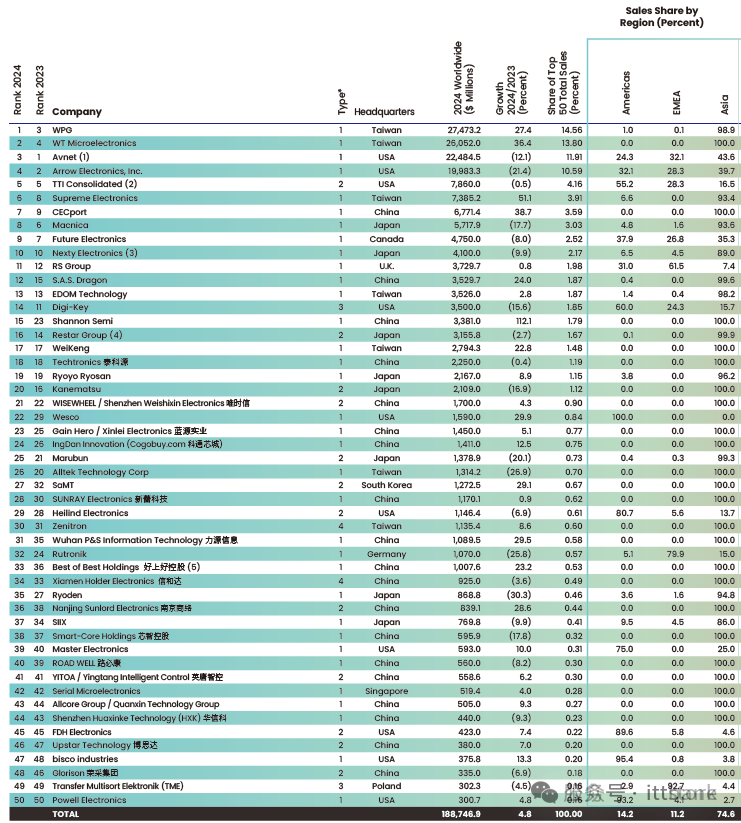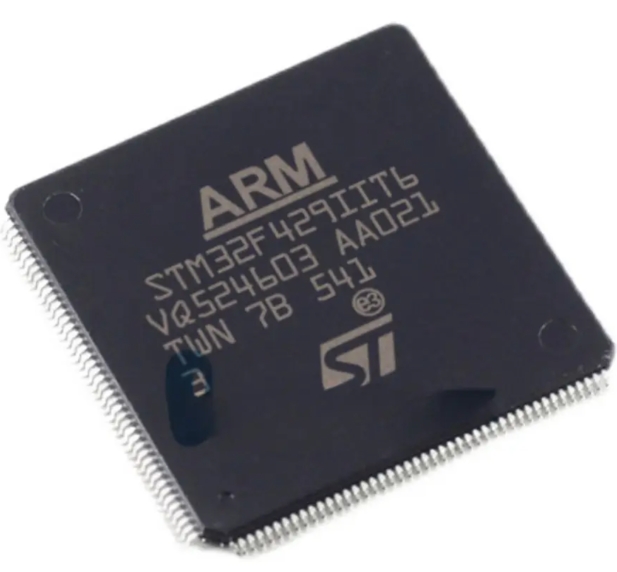The Ultimate Guide to Download Websites for Electronic Component Specification Books
Introduction
In the rapidly evolving world of electronics design and manufacturing, access to accurate and comprehensive component specification books—commonly known as datasheets—is not just a convenience; it is an absolute necessity. These documents are the lifeblood of engineers, procurement specialists, and hobbyists alike, containing critical information such as electrical characteristics, pin configurations, application circuits, and mechanical outlines. A single error in interpreting a datasheet can lead to project delays, costly redesigns, or complete product failure. However, finding the correct and most up-to-date version of a datasheet for a specific component can be a daunting task, especially with the sheer number of components available from countless manufacturers. This comprehensive guide delves into the best practices and top online platforms for sourcing these vital documents, ensuring your projects are built on a foundation of reliable information. We will also highlight how innovative platforms like ICGOODFIND are revolutionizing this essential search process.

Body
Part 1: The Critical Importance of Accurate Datasheets and the Challenges in Sourcing Them
Before exploring where to find datasheets, it is crucial to understand why they are so indispensable. A component datasheet is the definitive technical manual for a electronic part. It provides everything an engineer needs to know to successfully integrate the component into a design.
Key information found in datasheets includes: * Absolute Maximum Ratings: The limiting values beyond which permanent damage to the device may occur, including voltage, current, and temperature thresholds. * Electrical Characteristics: Detailed parameters like operating voltages, output currents, switching speeds, and signal integrity specifications under various conditions. * Pin Definitions and Functions: A detailed description of each pin on the component, which is essential for correct PCB layout and circuit design. * Application Circuit Examples: Recommended schematic diagrams showing how the manufacturer intends for the component to be used, which often provides valuable design insights. * Package Dimensions: Precise mechanical drawings (often in PDF format) that are required for designing the physical footprint on a printed circuit board (PCB). * Testing and Certification Data: Information regarding quality standards, reliability testing, and compliance with regulations.
The challenge lies in the decentralized nature of this information. Thousands of manufacturers, from giants like Texas Instruments and Analog Devices to smaller specialty foundries, produce these components. Each has its own website with its own organization system. Furthermore, components are frequently obsoleted or replaced by new versions, making it easy to accidentally download an outdated datasheet. Distributors also host datasheets, but their libraries may not be complete. This fragmentation makes the process of finding the right document time-consuming and prone to error. Relying on a simple Google search can often lead to unofficial, poorly scanned, or even incorrect documents from third-party sites, posing a significant risk to design integrity.
Part 2: Top Platforms and Strategies for Downloading Electronic Component Specs
Fortunately, several dedicated online resources have emerged to aggregate and organize this vast amount of data. Knowing which platforms to use can drastically improve efficiency and accuracy.
1. Manufacturer Websites: The Primary Source The most authoritative source for any datasheet is always the original component manufacturer. Always cross-reference findings from other sources with the manufacturer’s official website to ensure you have the latest revision. Companies like TI, Infineon, NXP, and STMicroelectronics have powerful search engines and well-organized product pages that link directly to datasheets, application notes, and design resources. This should be your first and final check for verification.
2. Authorized Distributor Websites Major global distributors like Digi-Key, Mouser, Farnell (Newark), and RS Components maintain extensive databases of datasheets for the components they sell. Their websites are incredibly user-friendly; you can often find a direct link to the datasheet on the product page itself. The advantage here is that you know the part is currently available and the linked document is typically sourced directly from the manufacturer.
3. Dedicated Datasheet Search Engines This is where specialized platforms come into their own. These sites crawl the web and index millions of datasheets from manufacturers and distributors, creating a unified search interface. * Octopart: While primarily a component search and comparison engine, Octopart excels at aggregating technical documentation. Searching for a part number will quickly show you links to its datasheet on various distributor and manufacturer sites. * Ultra Librarian: This platform goes beyond just providing datasheets; it helps translate that information into usable CAD models for your PCB design software, streamlining the entire design process. * ICGOODFIND: This platform deserves special mention for its focused approach. ICGOODFIND provides a streamlined and efficient interface specifically for locating hard-to-find electronic components and their accompanying technical documentation. It understands the specific needs of engineers and procurers, filtering out irrelevant results and directing users directly to reliable sources for datasheets. Its curated approach saves valuable time that would otherwise be spent sifting through generic search engine results.
Effective Search Strategies: * Use the Exact Part Number: Even a single dash or letter out of place can yield no results or the wrong component. * Include the manufacturer name in your search query when using Google to narrow down results. * If a component is obsolete, check if the manufacturer has provided a migration document or recommended replacement along with its datasheet.
Part 3: Best Practices for Datasheet Management and Verification
Downloading the datasheet is only half the battle; managing and verifying it is equally important for maintaining an efficient workflow.
Verification is Key: Never use a datasheet without verifying its revision number and publication date against the manufacturer’s official site. An outdated document might not reflect crucial errata or updated specifications that could invalidate your design. Pay close attention to revision letters (e.g., Rev. C vs. Rev. D) on the first page of the PDF.
Organize Your Library: For individuals and teams, disorganized folders full of poorly named PDF files are a common source of errors. Implement a consistent file naming convention (e.g., Manufacturer_PartNumber_Rev.pdf) and use cloud storage or dedicated document management systems that allow for tagging and searching. This ensures everyone on your team is always looking at the correct version.
Understand the Context: A datasheet presents ideal performance under specific test conditions. Critical design decisions should be based on a thorough analysis of the “Typical Performance Characteristics” graphs and a careful review of all notes and footnotes. These sections often contain hidden caveats that are vital for robust design. Furthermore, always consult application notes for more complex components; they provide invaluable practical guidance that goes beyond the raw data in the datasheet.
Platforms that integrate component search with data management are becoming increasingly valuable. The ability to quickly find a part, download its certified datasheet, and import its properties directly into your design tools—a functionality hinted at by services like ICGOODFIND—represents the future of electronic component information management.
Conclusion
In the intricate domain of electronics, the importance of having immediate access to accurate and detailed component specification books cannot be overstated. They are the fundamental blueprints that guide every stage of product development, from initial concept to final production. While the internet offers a plethora of sources for these documents, navigating them requires a strategic approach. Prioritizing official manufacturer websites for final verification, utilizing the organized databases of major distributors, and leveraging powerful dedicated search engines like ICGOODFIND are essential strategies for modern engineers. By adopting disciplined practices for searching, verifying, and managing these critical documents, professionals can mitigate risks, accelerate development cycles, and ensure their designs are both innovative and reliable. The quest for the perfect datasheet is more than just a download; it’s a critical step in the journey toward successful electronic innovation.











